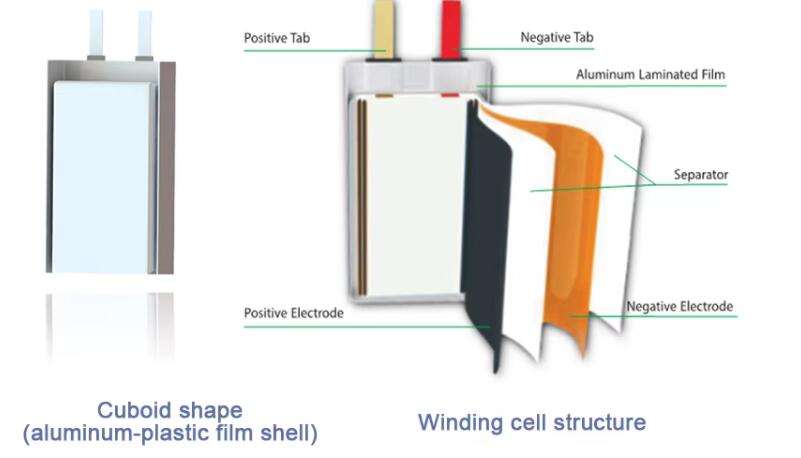SER Company has customized non-magnetic lithium batteries for its clients
SER Company has customized non-magnetic lithium batteries for its clients

SER Company has customized a non-magnetic lithium battery for its clients, featuring the substitution of copper tabs for nickel tabs, thereby achieving a completely non-magnetic battery. The non-magnetic lithium polymer battery(non-magnetic Lipo battery ) is a novel type of lithium battery that boasts several unique advantages over traditional lithium batteries. Below is a detailed analysis of this innovative product:
I. Definition and Characteristics
Definition: A non-magnetic lithium-ion battery refers to a lithium battery that does not contain free nickel, cobalt, or other magnetic substances within, eliminating the negative impacts of electromagnetic interference commonly found in traditional lithium batteries.
Characteristics:
High Safety: By eliminating magnetic materials, non-magnetic lithium batteries offer enhanced safety during use, reducing potential safety hazards arising from electromagnetic interference.
High Energy Density: Maintaining high safety standards, these batteries also possess high energy density, catering to various high-energy-demand applications.
No Memory Effect: Lithium-ion batteries inherently lack a memory effect, allowing for repeated charging and discharging without concern for capacity degradation.
Environmentally Friendly and Non-Polluting: Free from mercury, cadmium, lead, and other harmful substances, lithium-ion batteries pose no threat to the environment.
II. Application Scenarios
Due to their unique advantages, non-magnetic lithium batteries find widespread applications in numerous fields, including but not limited to:
Electric Vehicles: Such as electric bicycles, electric motorcycles, and electric scooters. Their high energy density and safety make them ideal power sources for electric vehicles.
Smart Robots: Requiring prolonged and stable operation, smart robots benefit from the high safety and long lifespan of non-magnetic lithium batteries.
Portable Medical Devices: These devices demand stringent safety and stability standards, making non-magnetic lithium batteries the perfect power source for equipment like ECG machines, MRI machines, ventilators, infusion pumps, monitors, pulse oximeters, beauty instruments, smart wearables, among others.
Energy Storage Systems: Employed in both residential and commercial energy storage, non-magnetic lithium batteries address energy storage and balancing issues in distributed energy systems.
III. Advantages and Challenges
Advantages:
High Safety: Eliminating magnetic materials reduces safety hazards stemming from electromagnetic interference.
High Energy Density: Suits a wide range of high-energy-demand applications.
Environmentally Friendly: Aligns with sustainable development goals.
Challenges:
Production Costs: Complex production processes may lead to higher costs.
Technological Research and Development: Ongoing investments are necessary to refine production techniques and enhance product performance.
IV. Future Prospects
With advancements in science and technology, coupled with heightened demands for environmental protection and safety, non-magnetic lithium batteries present a promising market outlook as a novel lithium-ion battery type. In the future, they are expected to find applications in even more sectors, driving rapid growth in related industries. Additionally, as production techniques improve and costs decrease, the competitiveness of non-magnetic lithium batteries will further intensify.
In conclusion, non-magnetic lithium batteries, with their high safety, high energy density, and environmental friendliness, demonstrate extensive application prospects and immense market potential across multiple domains.





